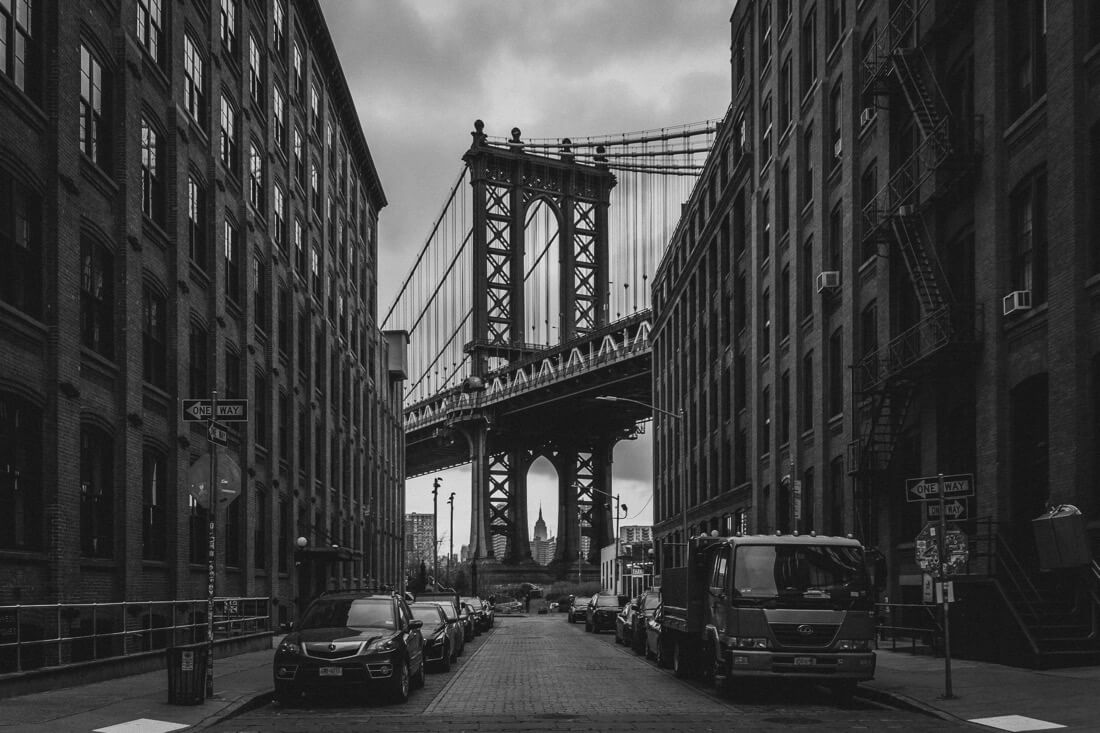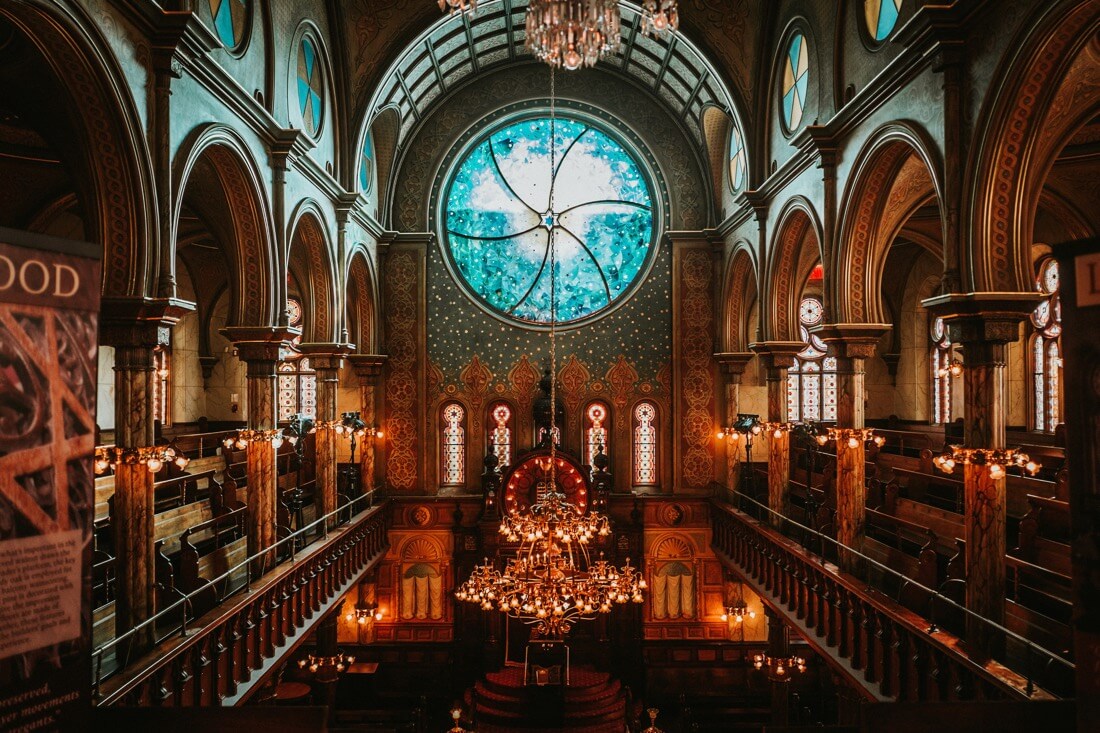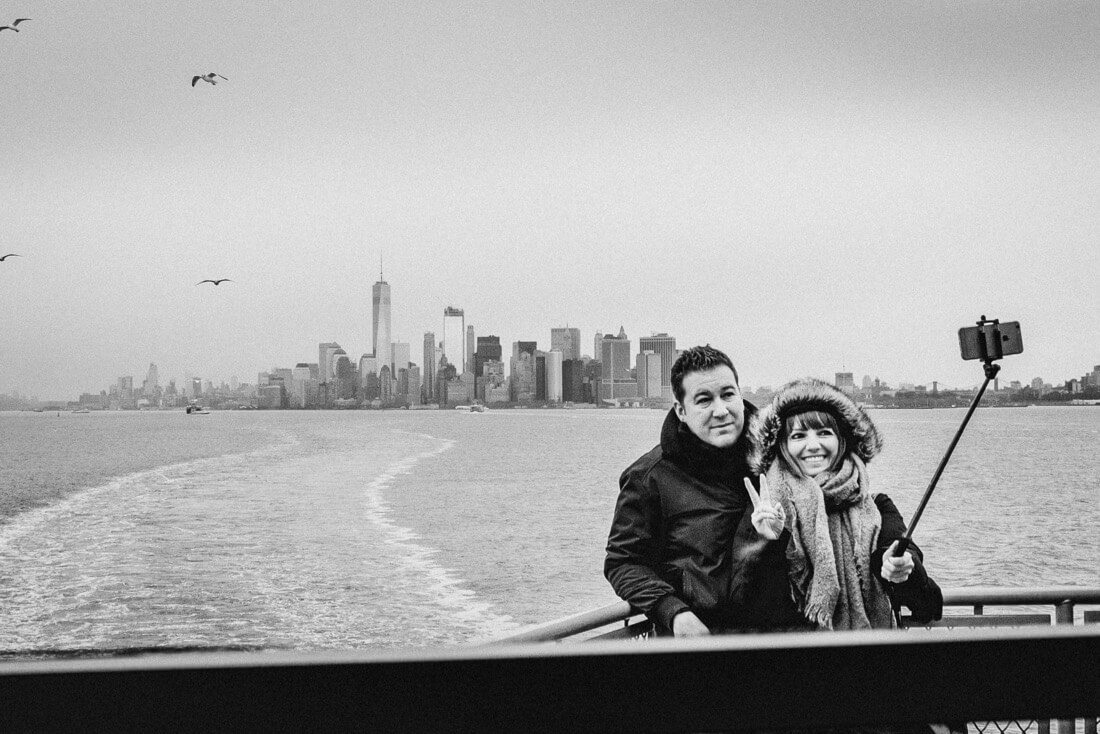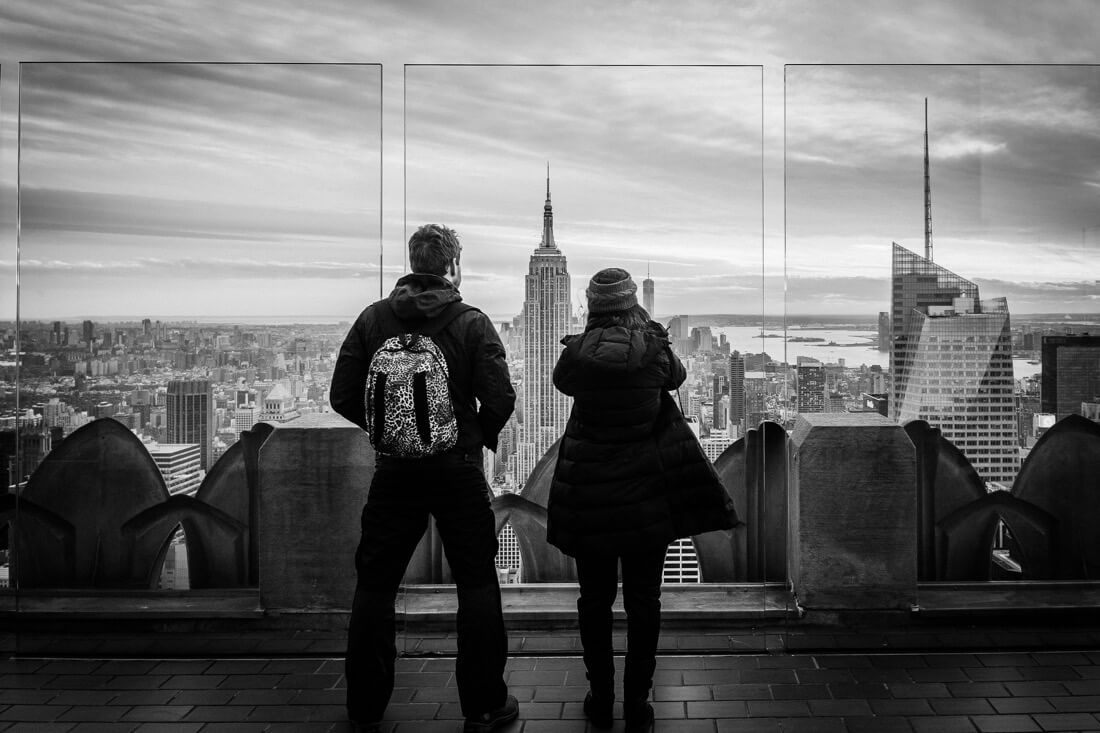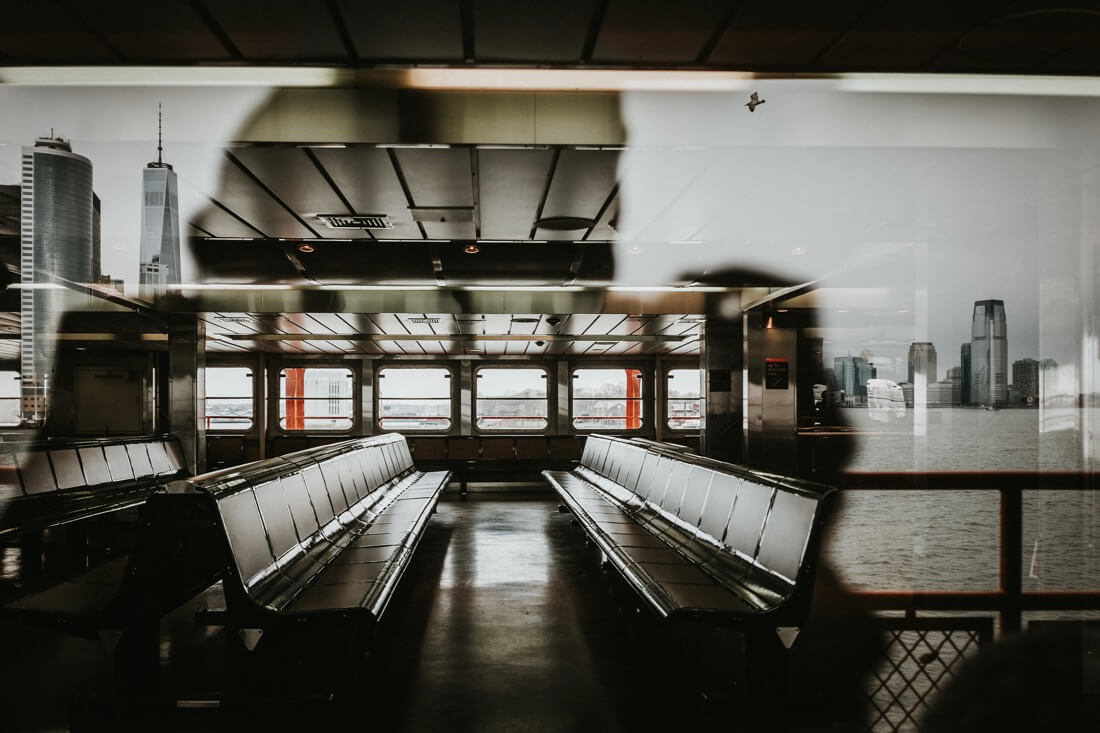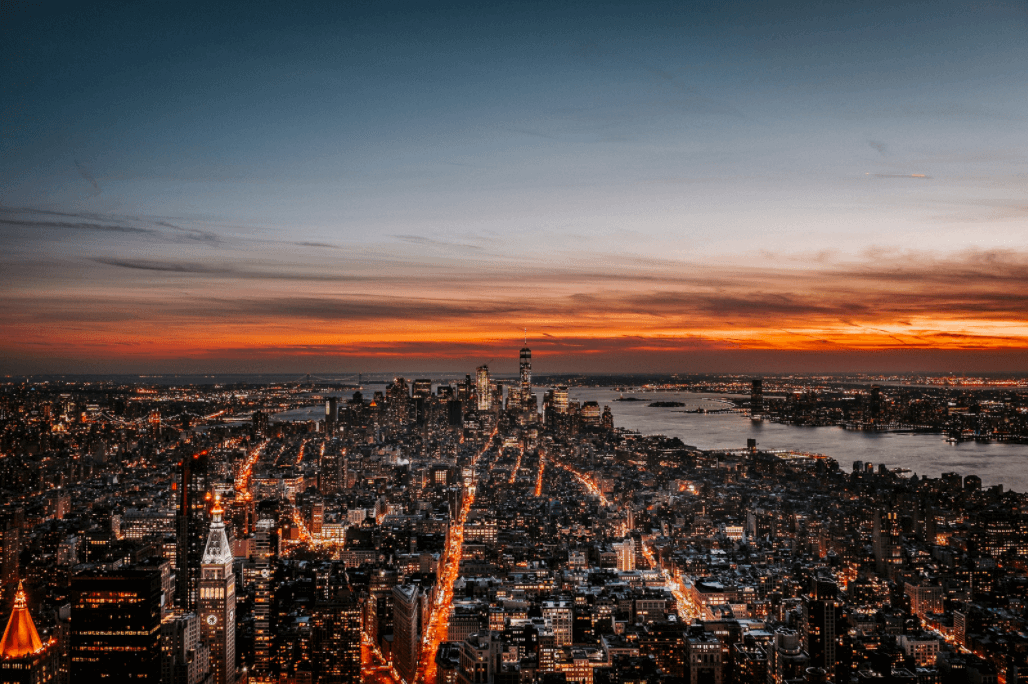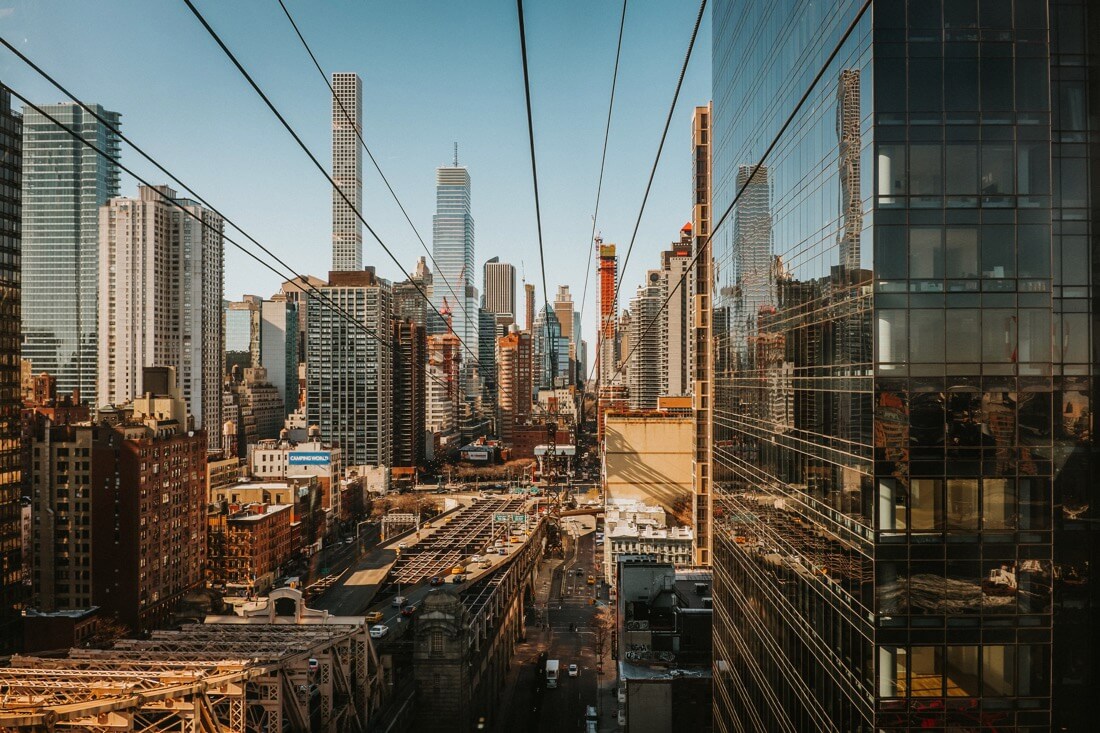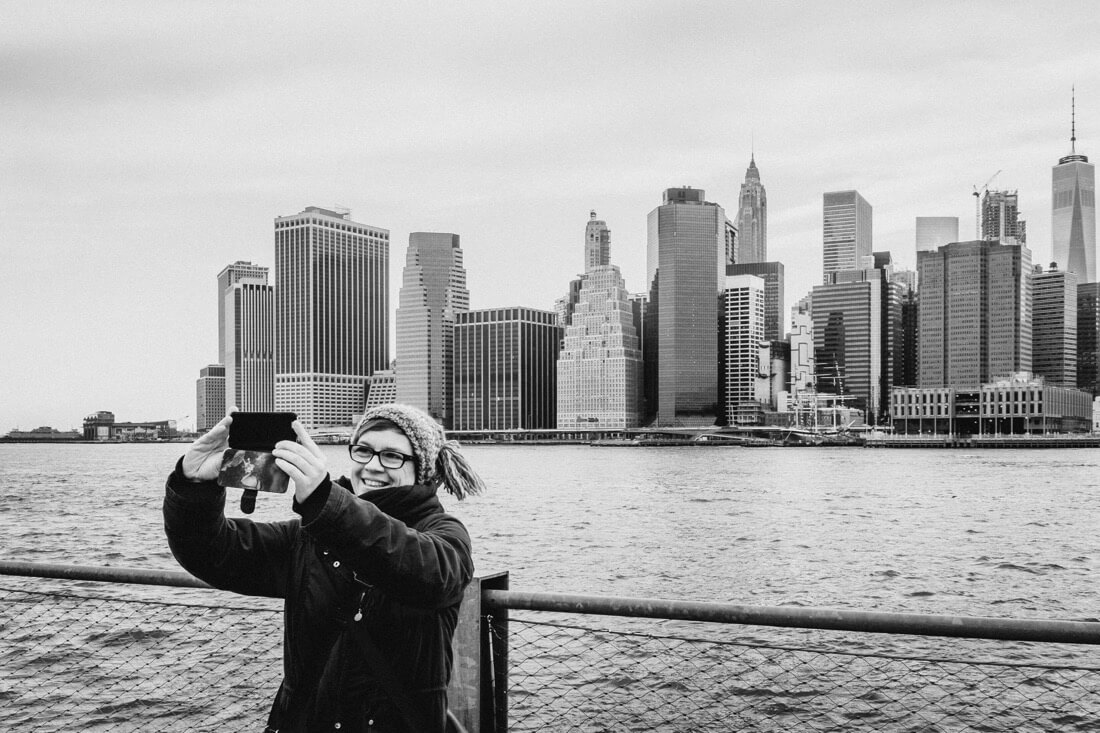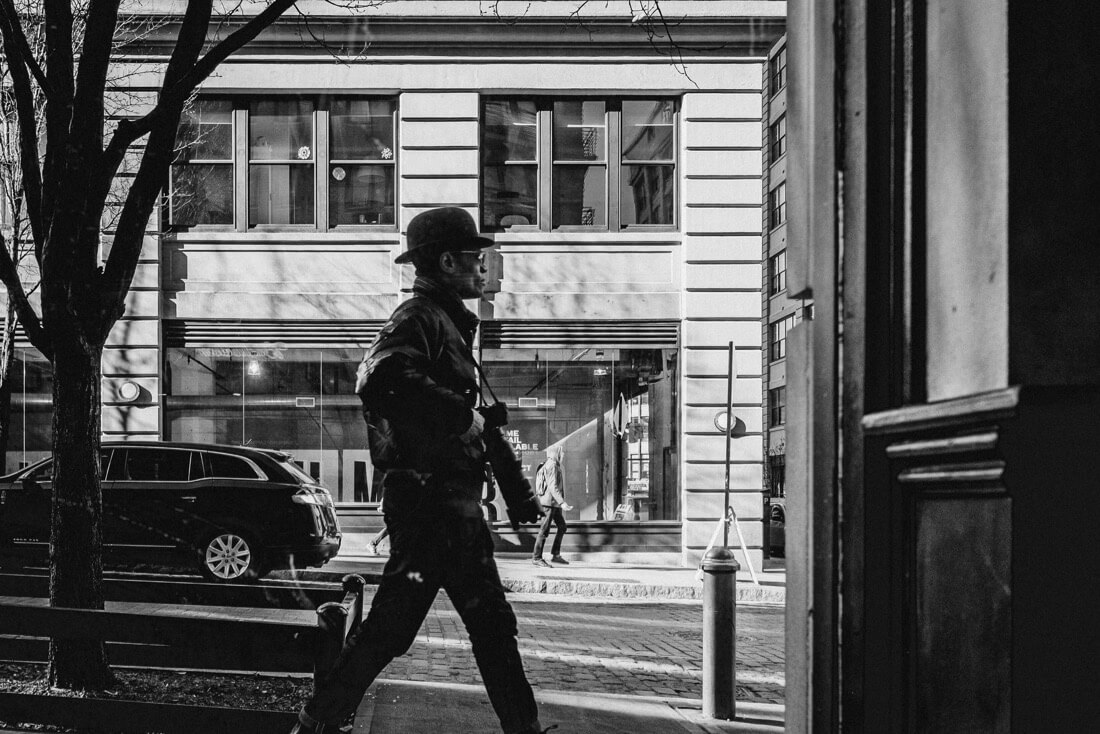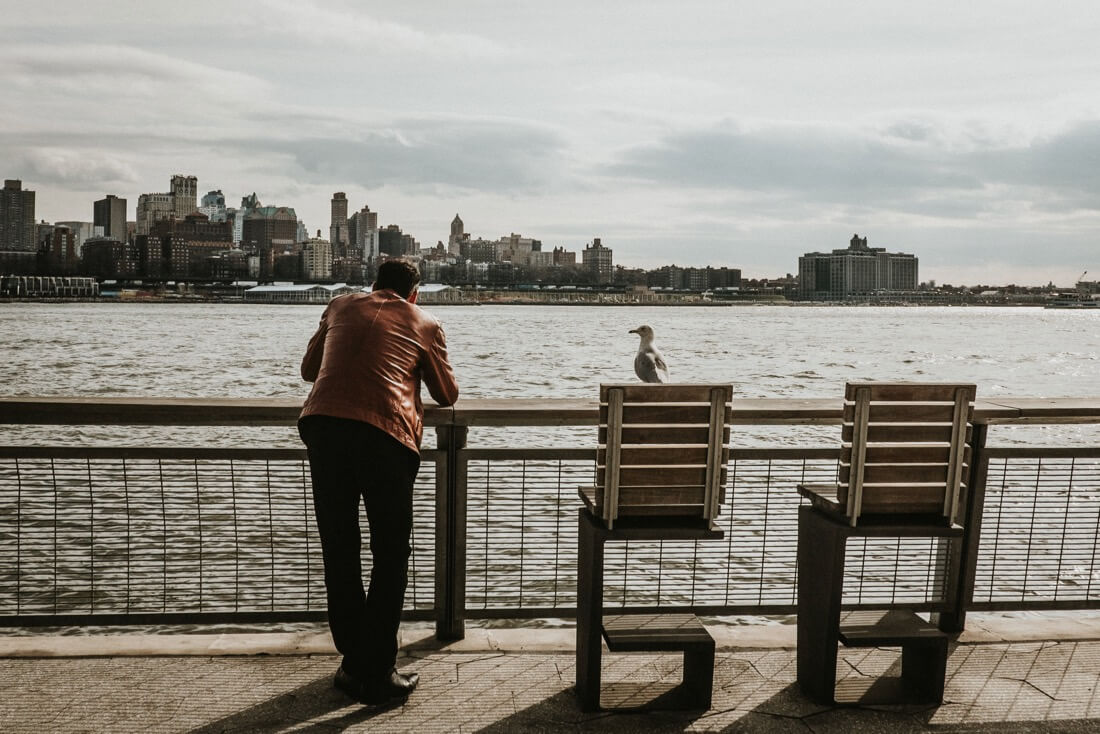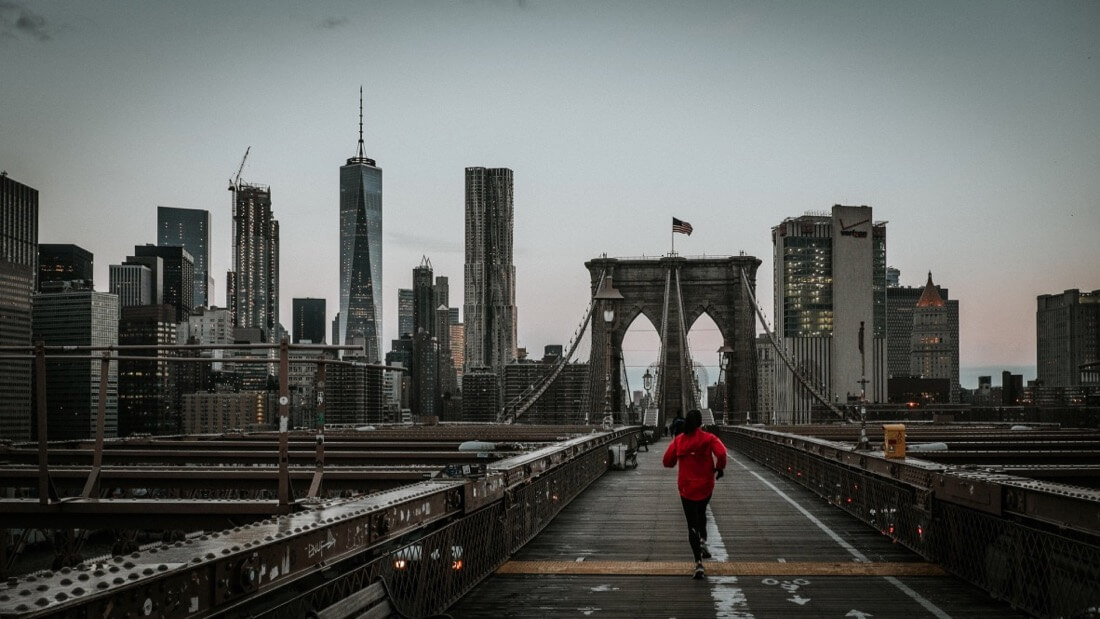Joerg Schubert, an amateur photographer from Germany, has been into photography his whole life, starting with his dad teaching him how to develop film. In recent years Schubert has gotten a little more serious about taking more pictures and has gravitated towards street photography, Fuji cameras, and wide angles. He recently took a trip to New York City, so we asked him to share a little bit about his travels as well as any tips he might have for photography in the city.
Joerg Schubert – Photo by his wife, Conny Schubert
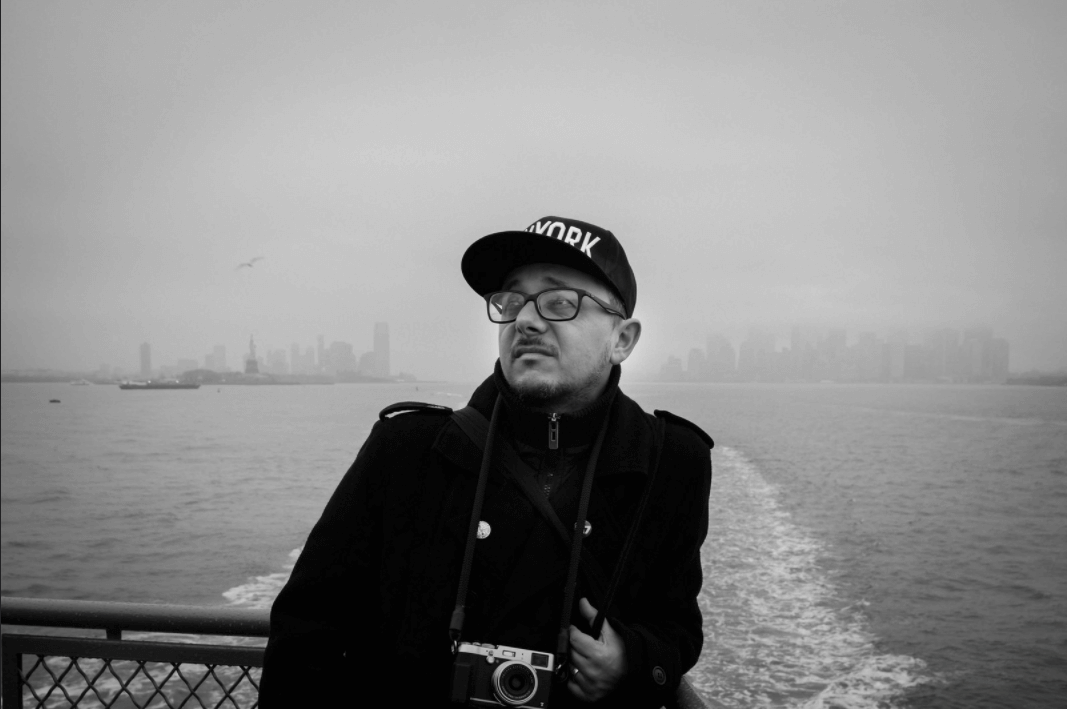
What makes New York City a great place for photos?
I bet New York City is on any photographer’s bucket list, regardless of where they live, for so many reasons: the iconic sights, the diversity of the people, the overwhelming vibe of the city because it’s somehow considered by some as the center of the universe – everything! Especially if you are into street photography, like me, NYC is a “must visit” at least once in your life. Last year my wife and I decided it was time to make that dream come true.
Tell us about your trip, places you loved in NYC, and any tips you might have for street and city photography?
1: Have a plan. I’m not much of a planner but it’s essential to do if I’m only spending a week in a place I’ve never visited before, and I don’t know when I’ll have the chance again. So after booking the trip to New York, I did nothing but learn as much about the city that I possibly could. I made lists of what I wanted to see and shoot, learned how to use the subway, studied the maps, and became familiar with the grid system of streets and avenues.
I knew the exact point where you can take the “Once upon a time in America” shot, with the Empire State Building framed by the Manhattan Bridge, plus a dozen other classic landmarks.
I looked at a ton of pictures online, researching Flickr and Instagram to find cool spots I didn’t know about. This is how I found the most beautiful synagogue in Chinatown.
I brushed up on my knowledge of the history, pop culture, and movies shot in NYC. Without that, I would have just passed by the Brooklyn-Battery Tunnel Ventilator Building without knowing what it really is: the headquarters of the Men in Black!
Also, it’s good to know when and where the sun rises and sets, so you can have the Brooklyn Bridge all to yourself in the early dawn and be on “Top of the Rock” just before dusk. If you visit NYC in May or July, you’ll have the chance to capture Manhattanhenge, when the setting sun aligns with Manhattan’s city grid.
2: Put your careful plan aside every now and then and just wander. Get lost and let the city work it’s magic. Be sure that something worth shooting will occur right before your eyes.
3: Don’t avoid the touristy places and shots just because they are touristy. This is a common piece of advice but I want to put it into my own words. You are a tourist and all that stuff is famous for a reason. Just because that skyline has been shot a million times before doesn’t mean you shouldn’t go for your own take.
You can always challenge yourself to do things a little different. For instance, I like to include tourists in my images. Seems to be my thing, find yours!
After crossing off the classic shots, try to create something unique.
4: Stop shooting when you’re done shooting. Maybe this is just a personal travel tip, but you don’t need 27 versions of that sunset on your hard drive. You do need time to actually enjoy the moment, and that works best after you put your camera down.
When I took the Roosevelt Island Tramway, which I recommend, I took photos with my camera in my right hand and filmed a video with my iPhone in the left. Totally crazy, I know, but the result turned out to be the most popular photo I’ve ever uploaded online. It was worth the effort, but next time I’m going to try to enjoy the view a little more through my sunglasses and not my viewfinder.
Places that have an emotional history, like the Statue of Liberty or Ground Zero, will speak to your heart, so don’t get too busy taking photographs and miss those moments. I do believe it helps your photography if you try to “feel” a location and it’s history rather than thinking about your composition or your aperture. You’ll be able to tell a better story with your images.
5: Make it personal. I heard of people who spent their whole vacation shooting a terrific place but their pictures showed no proof that they had actually been there. Don’t come back from a place like New York City without a least one nice picture of yourself and your significant other.
6: Gear. I believe this totally depends on your type of photography and what you prefer to carry around. For me, I brought one camera (the Fuji X100T with the 28mm wide-angle converter attached most of the time), a little gorilla tripod for long exposures, and a lot of spare batteries. That is all the weight I wanted to carry all day and that’s really all I needed for what I planned to do. My wife takes her DSLR and “travel-zoom” wherever she goes, so you should bring whatever you are most comfortable with when traveling.
7: Get in touch with the locals. I don`t know why New Yorkers are considered to be rude. We met a lot of super nice people who gave us directions, helped us carry our bags, and complimented on my camera or my wife’s hair color! That being said, New Yorkers are in a hurry so try not to stand in their way on a busy sidewalk while taking your photos or you might just get pushed aside. Apart from that, New Yorkers are great, so don’t miss out on meeting some of them.
8: Share your experience. You don’t want your best work to just sit inside a dark hard drive, they deserve better. After your trip, identify your very best images and work on them until they look and feel exactly like you think they should. Have the best of the best printed in a high quality book, and maybe hang one of them on your wall. I forgot to include one of my favorite pictures in my book, so my wife gave me a very large print of it. Now I get to wake up every morning with this view:
We also invited our friends over for a New York City evening. We served American food, showed our pictures, and told our stories. The perfect finale for our “Manhattan Project”. And the joy continues whenever I find one of my pictures featured in articles online (I share under the Creative Commons license) or I get interviewed about my experiences. Thank you for letting me share my images and stories of New York City!
You can follow Schubert and see more great pictures on his website, Instagram – @tintography, and Flickr.
